We see lots of conversations on Slack, online and social media around B2B vs B2C product marketing, so, instead of sitting on the sidelines, we thought we’d stick our two pennies’ worth in.
To refer back to our title, yes, there’s of course a difference - lots of them, in fact, but there are also many similarities and plenty of room for speculation as to what the future might hold.
So, whether you’re looking to switch, new to the industry, and looking for direction, or just want to get in the thick of the discussion, strap in, read on, and give us your take in the comments at the end.
We're going to focus on:
The similarities
Both start with a persona
B2B or B2C, buyer personas lay the foundation for your success and without them, your future marketing efforts go from strategic to sticking your finger in the air. However, while the process is largely the same the quantity somewhat differs.
Let’s say you’re a B2B software service provider. Within the sales cycle, you might need to convince people from sales, marketing, IT, finance, and the C-suite to buy, and to do that, you need to understand each’s goals and pain points. That’s five personas for one product.
Now let’s pretend you sell children’s trainers. You need to win over the child because they’ll be wearing them and the parent because they’ll be buying them. That’s it. Two personas for one product.
Business or consumer, the persona process uncovers the same intel - what people want, the benefits they’re after, what price they’re willing to pay, etc., it’s just usually on a larger scale for the former.
Each needs multiple value propositions
Some people believe the B2B world requires more than one value proposition and the B2C doesn’t, but that’s not entirely true - both do.
Admittedly, it can be a bit trickier in a B2B setting. You’ve got to appease different concerns, achieve different goals, bring different benefits, and all to different people, but, it’s not actually too dissimilar when you’re trying to convert a single persona and that’s because as individuals, we rarely make a decision based on one factor.
Say you’re a cosmetic company marketing moisturizer. You need to meet the consumer’s emotional trigger ‘I want my skin to look that smooth’ and logical triggers, like ‘it’s got a plastic-free case so it’s better for the environment than others, ‘it lasts all day so it’s a sound investment’ and ‘it uses organic ingredients so it’s good for my skin’.
The difference is in B2C each proposition is geared towards the same person, the similarity is, as with B2B, you usually need more than one.
Both rely on data
Different businesses rely on different data but whatever you collect and however you collect it one thing’s for certain; it shapes future strategies. Without cold hard facts, qualitative and/or quantitative, growth’s difficult to achieve - and that’s something B2B and B2C product marketers can relate to.
Each requires Go-To-Market (GTM) strategies
The way B2B or B2C products get to market might differ but the process of planning it is largely the same. Whoever you’re selling to, however many personas you’ve got, and regardless of your value proposition count, GTM strategies are a staple component of making your solution known to your audience.
The journey continues post-sale
Whether someone’s purchased a $20 tub of moisturizer or a $1,500 monthly software subscription, there’s always the possibility for more, which is where cross-, up-and re-sell tactics come into play.
Sales alignment is key
Sellers need to know your product(s) inside and out. It’s sales 101. They need to know the features, design details, advantages, problems it solves, competitor knowledge, the lot. To make sure they’ve got everything they need when they need it, they need a strong and sturdy relationship with you - their B2B or B2C product marketer.
(Don’t worry, we’re not forgetting B2B products come with more detail. More on that later).
It’s all human-to-human
Everything you do is human-to-human (H2H). Whether the buyer or user you’re targeting’s the CEO of a million-dollar company or a stay-at-home mum looking to refurbish her kitchen, whoever’s on the other end wants - and needs - to be approached like a person.
Here’s a great excerpt from Bryan Kramer’s ‘There Is No B2B or B2C: It’s Human to Human #H2H’ book:
“As marketers, we’ve been trained to speak “business to business” (B2B) or “business to consumer” (B2C). But instead of this creating a simple framework for dialogue between humans, it set forth an unnatural language for marketers, using words like “synergy” and “speeds and feeds” to tell the stories of products and services to their buyers and partners.
“The fact is that businesses do not have emotion. Products do not have emotion. Humans do. Humans want to feel something. And humans make mistakes."
The differences
The length of the sales cycle
We may as well get one of the biggest out of the way first. We touched on it earlier, but B2B sales cycles tend to be much longer than B2C, and that’s because the person you market to isn’t necessarily the user, and lots of other teams, or even departments, might come into the mix before a decision’s reached.
To avoid sticking too many makebelieve products into one article, we’ll stick with a couple of the examples we’ve already given:
#1 B2C moisturizer company - the sales cycle starts and ends with the same person. They don’t need to consult with their friends, family, spouse, or co-workers. They see, they want, they buy.
#2 B2B software service - the CEO might need to sign off the cost, IT might need to approve the implementation, marketing might need to give the nod that it’s compatible with their existing apps, sales might need to agree it fits their requirements, and finance might need to confirm there’s budget.
As you can see, one clearly has more levels to clear, and the more levels the longer it takes (generally speaking, anyway).
The role of the sales rep
Another key difference in the sales cycle is sales reps. If someone’s buying a pair of trainers, a tub of moisturizer, or a set of drawers they’re probably not going to need to speak to a seller about it first, and even if they do, the extent of the conversation’s far less. More often than not, you can train sales upon the specifications in a matter of hours or days, but…
B2B is a different kettle of fish. With more money on the line and intricate product details to understand, most B2B sales involve some sort of call before a deal’s made, and to make sure every opportunity’s maximized, your sales guys have got to be all over everything.
Training becomes more routine and less one-off, greater focus is put into dissecting and optimizing conversations, and more intel can be extracted from people on the frontline and fed into your competitive intel.
Attention spans
Without wanting to stereotype, generally speaking, people buying in a B2C capacity have shorter attention spans than those in B2B. That means your window to impress just got even shorter.
If someone doesn’t understand the first paragraph of your product’s description they’ll walk away and find an alternative - there’s plenty of competition, after all. The KISS principle (Keep It Simple, Stupid) is adopted by many from a design and content perspective to combat this.
That means none of this “highly scalable”, “SaaS ecosystem” or “multifaceted architecture” gobbledegook - although there’s an argument to be had it doesn’t belong in B2B, either.
Rational vs emotional
B2B and B2C buyers can have completely different mindsets and a product marketer’s assets should reflect that.
In the business world, people make a purchase because they need something. They put great thought behind what they need the product to do (save time, cut costs, make more sales, increase productivity, enhance security, etc.) and they rationally scrutinize its features to make sure it checks all the boxes.
In the consumer world though, people often buy off emotion alone. They pick things up spontaneously and buy things they don’t even need (let’s be honest, we all do it!).
Both these differences mean completely different approaches to your messaging’s needed. B2B is more about the ROI - make 35% more money, call 41% more prospects, save 42 hours in lost productivity - and B2C is more about the emotion - moisturizer for silky smooth skin, trainers worthy of your next PB, etc.
Market size
Whatever country you’re in or product you sell there’ll always be more people than companies. There might be 500,000 consumers in your area but just 3,000 businesses, and that means the way you target your audience has to change.
Both should be segmented and highly specific, of course, but to a degree, B2C product marketers have more flexibility and scope for trial and error - while still capturing some of their target markets.
The transition in practice
We reached out to a couple of PMAers who’ve made the move to get their thoughts and preferences on B2B vs B2C and here’s what they had to say:
“I think there’s rarely such a thing as pure B2B and people marketing to businesses need to quickly realise they are actually marketing to humans, with emotional drivers, and that no business will ever succeed if it isn't meeting the needs of its own (human) customers. The differences between B2C and B2B really come down to distribution and sales cycle. They're tactical differences, rather than philosophical ones.
“I personally would take B2B over B2C any day of the week. There’s something more tangible about being closer to the audience. You can get real-time feedback on your messaging, you can get a degree of transparency over the process and metrics around the success that you simply can't with B2C.
“I love the interactions with a Brand Activation team that you can have as a B2C PMM, and there are of course more opportunities for creative campaigns that aim to make a broader impact. But B2B should also aspire to bring the very same creative concepts and emotional connections, and the challenge of doing that to multiple business stakeholders over a months-long sales cycle is fascinating. To anybody who says that B2B doesn't allow the same creative and emotional freedom and can't reach the same scale of audience as B2C... Volvo Truck's Epic Split campaign says hi.”
- Stuart Shingler, Product Marketing Director at Tink
“I believe the job is the same at a macro level. It requires the same skill set and often times the same approach. The difference is at a tactical level, what tools do you employ to achieve your strategic goals and maybe who do you work with on a day to day basis.
“Market research, competitive research, defining strategy and then GTM are common. The specifics of the GTM are different. In B2C you own “sales” and work with various marketing specialists in a bunch of teams and that tends to take a lot of your time and effort but ultimately all report to the CMO so it’s easy to get things done.
“In B2B you need to engage various teams, from support to presales, customer success, sales and a whole bunch of C level execs not to mention the CEO. This requires maybe better human interaction skills and will put some strain on your schedule and workload as aligning everybody is like training cats.”
- Mircea Gherlea, Product Manager at Bitfender
The future
More and more of people’s everyday lives - both in and out of work - are becoming automated. We don’t go into a bank and speak to someone, we go to a cash machine. We don’t head to the local DVD store, we stream online. We don’t spend hours deploying new software, we download an app.
Buying habits are changing and if they continue on their current trajectory it’s only a matter of time until business buyers expect the same sort of streamlined experience, and if they do, the distinction between a B2B and B2C product marketer will diminish yet again.
Have you moved from B2B to B2C? Or vice versa?
If you have, we’d love to hear your take on the differences,👇🏻 and if you’ve got any advice for soon-to-be switchers, don’t be shy!





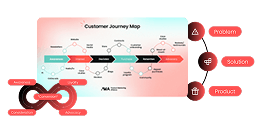



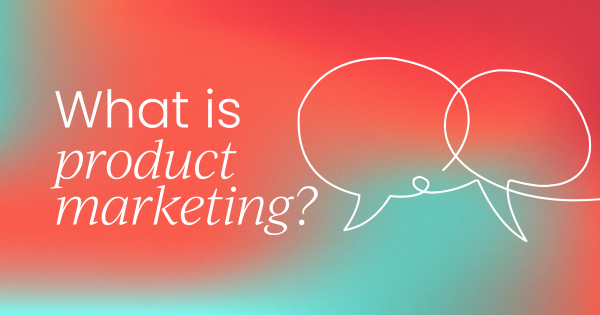
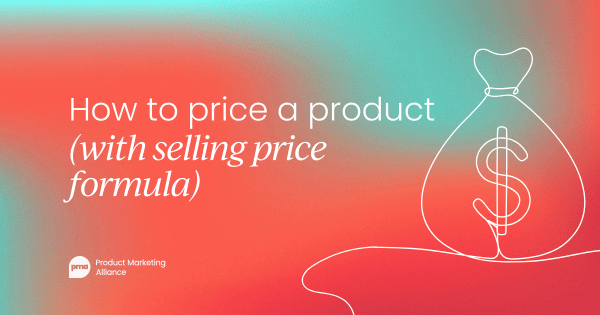
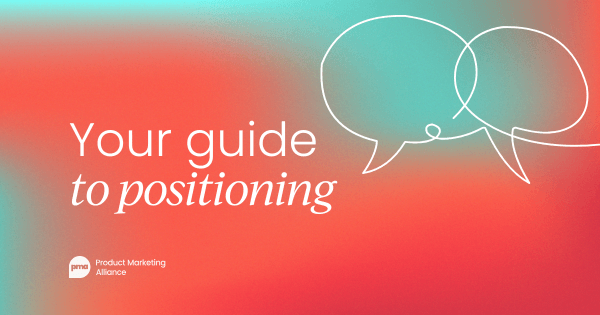
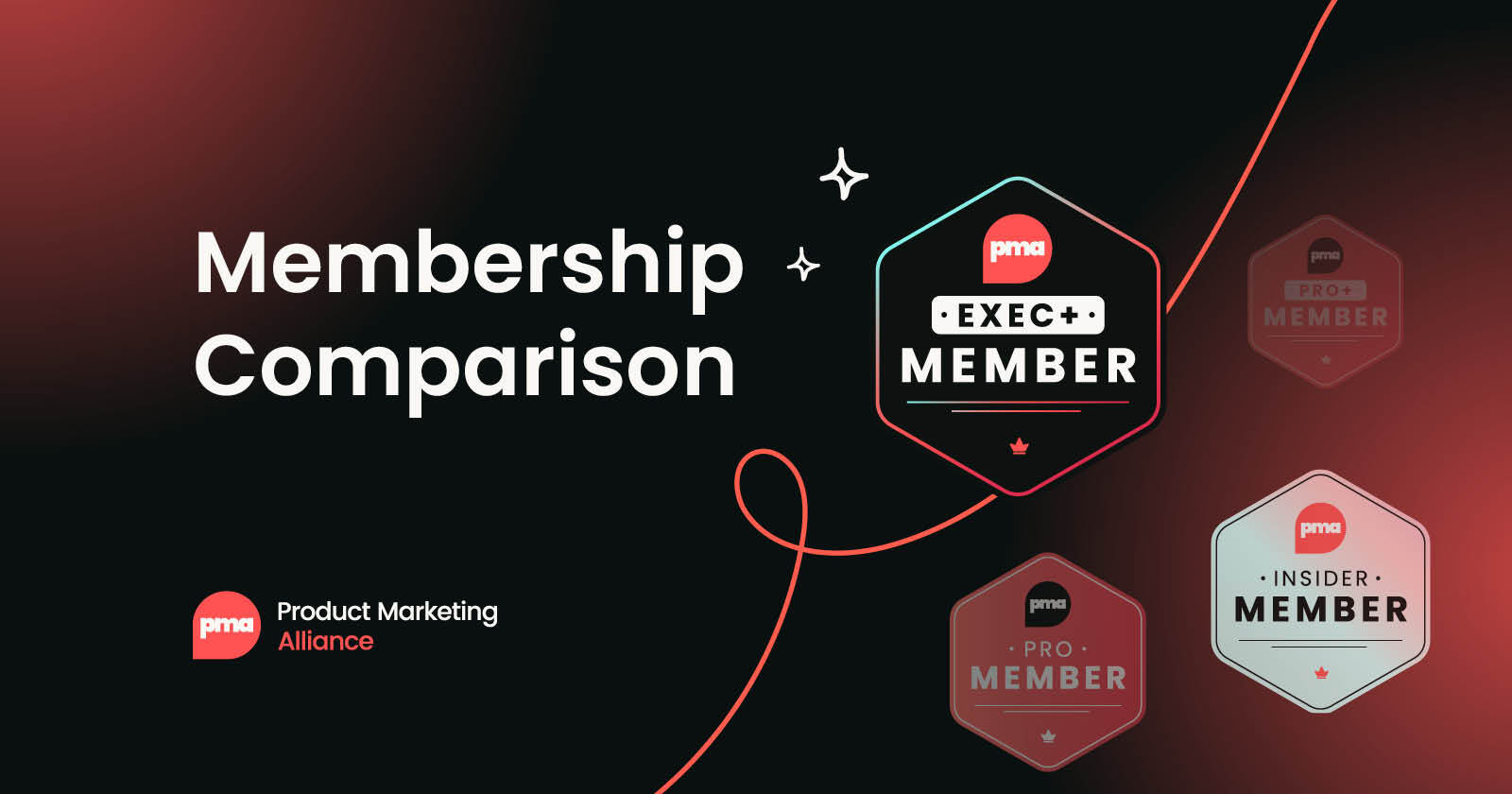
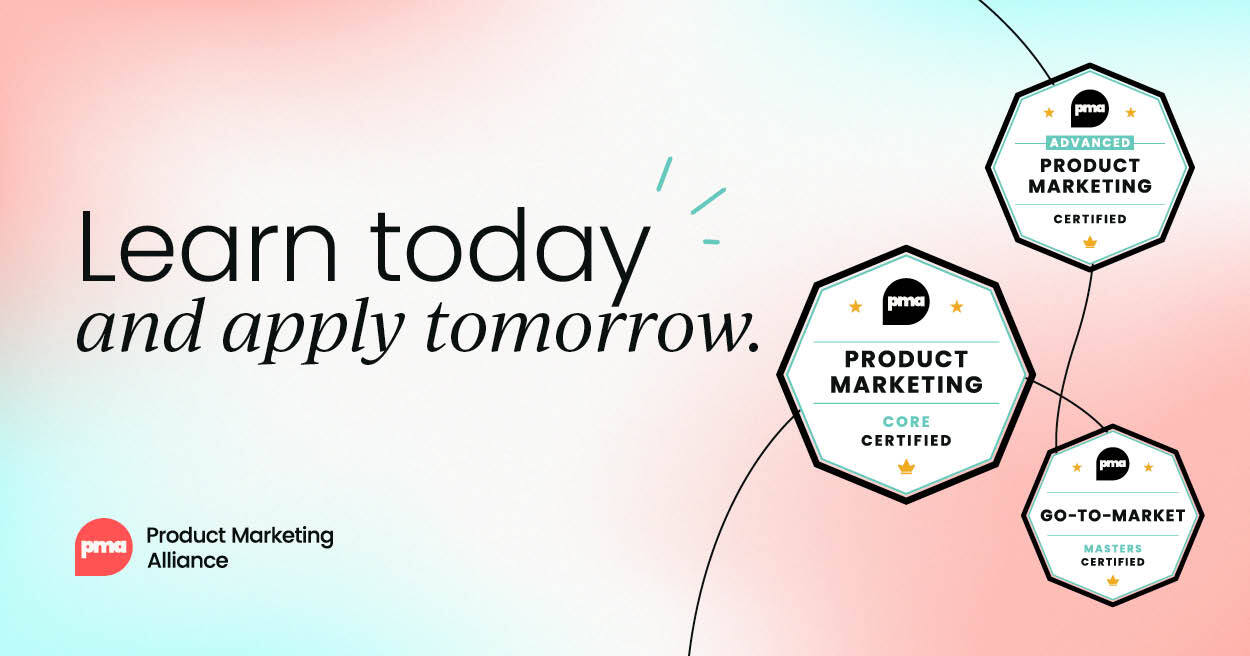
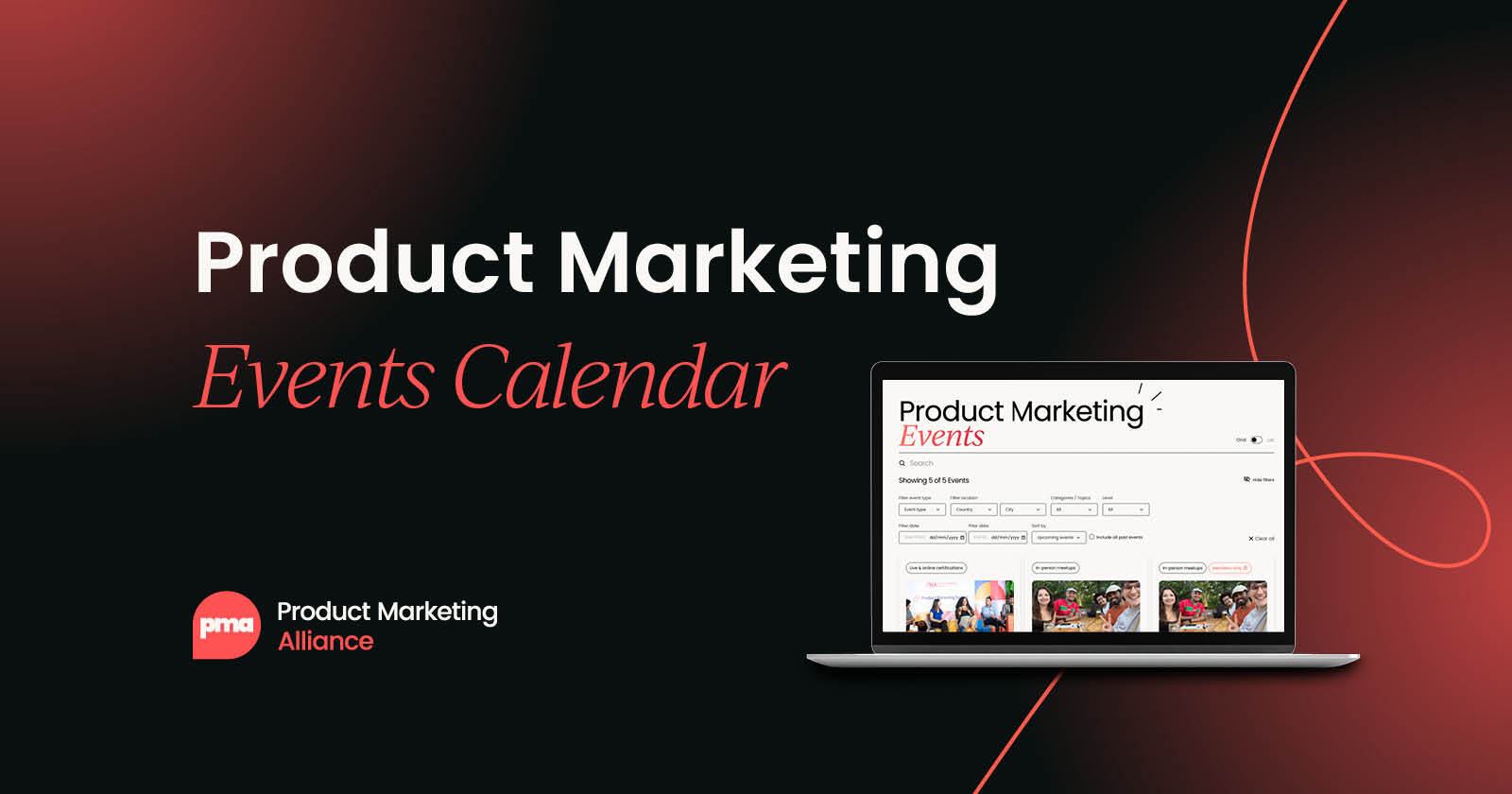
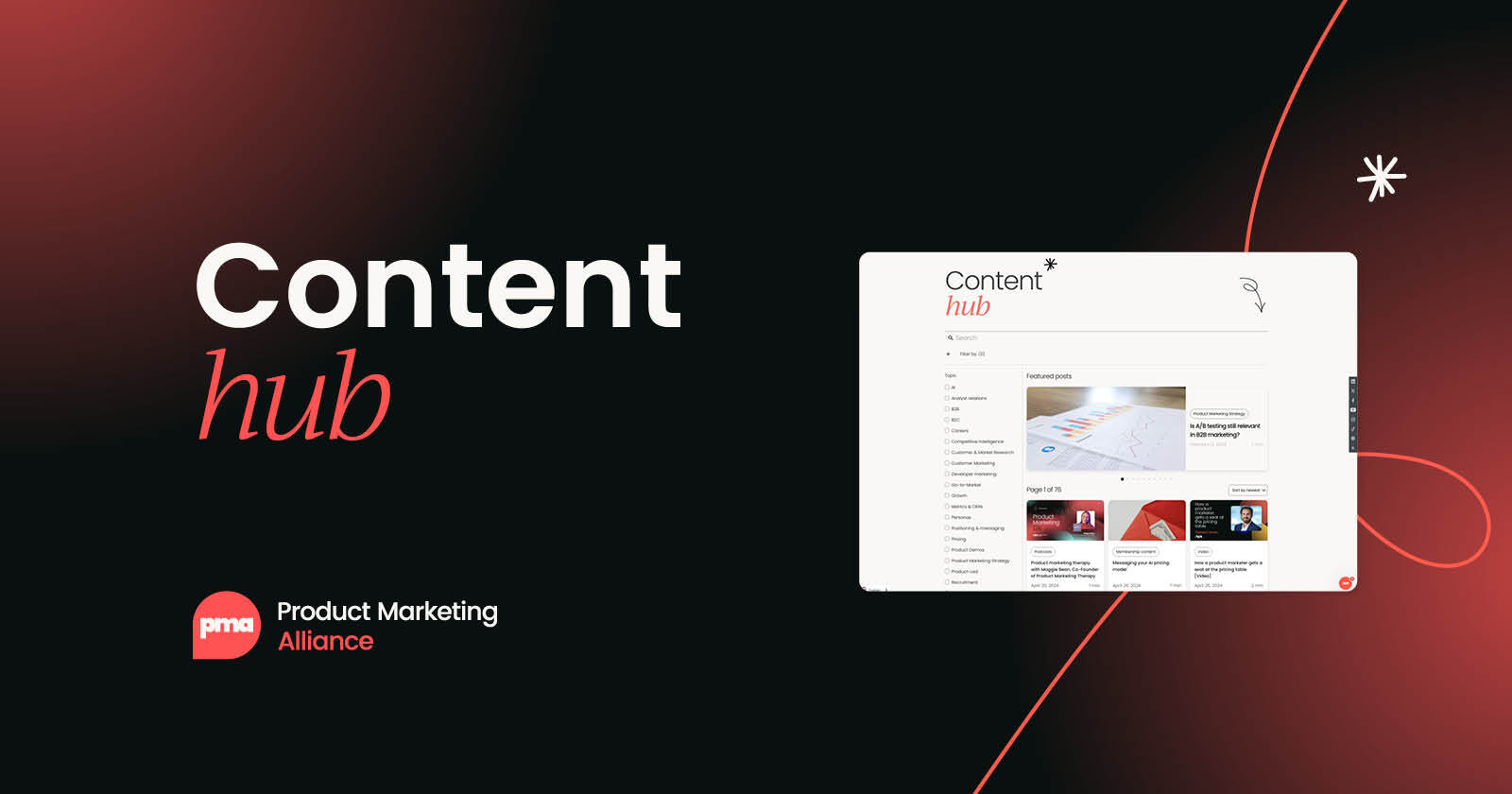

 Follow us on LinkedIn
Follow us on LinkedIn



.svg?v=1461f28f41)